Promoting Poland in Google’s Field Trip: a guest blog by Poland’s National Heritage Board
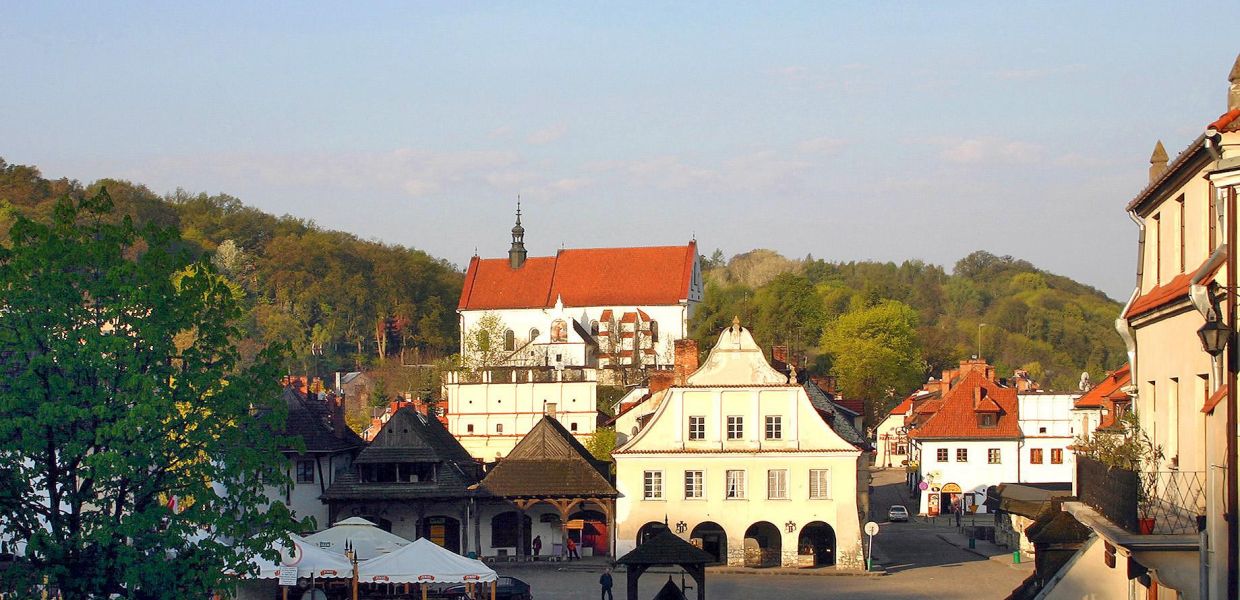
By Arkadiusz Kołodziej, National Heritage Board of Poland
Last week, we announced the launch of the pilot project between Europeana, Google’s Niantic Labs and memory institutions in Poland, Estonia and Sweden. For the first time, our pilot partners – the National Heritage Board of Poland, Swedish National Heritage Board, and National Heritage Board of Estonia - are able to reach cultural tourists using the Field Trip app, helping travellers find out about interesting historical gems around them in these respective countries. In the coming weeks, each participating institution will highlight their collection, as well as their involvement in the project.
Here, our Polish partner, the National Heritage Board of Poland, discusses why they decided to join and the benefits of doing so.
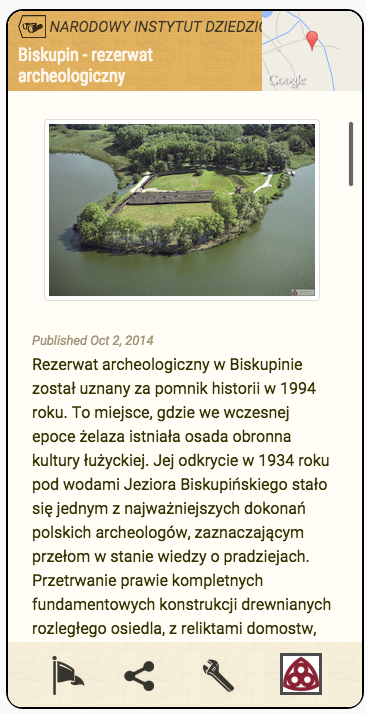
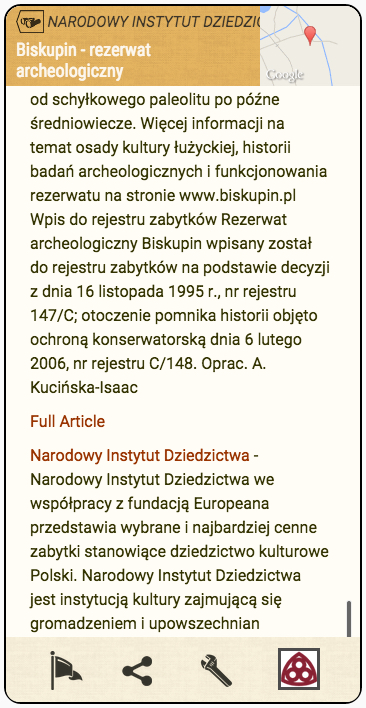
A taster of the Polish dataset in Google's Field Trip.
The National Heritage Board of Poland is a state agency that aims to make the public more aware of the value of Polish cultural heritage, and the need to preserve it. Modern technology can play a huge role to help attain this objective, and we always try to make skillful use of it in our wider work.
In particular, we recognise the increasing importance of location-based services and spatial data for the best discovery experiences, both on and offline. As one of 12 central institutions in Poland, we support the implementation of the European INSPIRE Directive (Infrastructure of Spatial Information in Europe) with respect to immovable monuments and archeological sites. We want to provide faithful digital representations of historical monuments, but also encourage users to actively seek them out, and to pay attention to their context and environment.
Here, Google’s Field Trip is an invaluable tool, helping us to reach both Polish and foreign cultural and historical enthusiasts looking to find out more about Polish heritage. Hence, we decided to join the project, and worked with Europeana to share the most precious monuments of historical, scientific and artistic value to present in Poland to thousands of app users across the world.
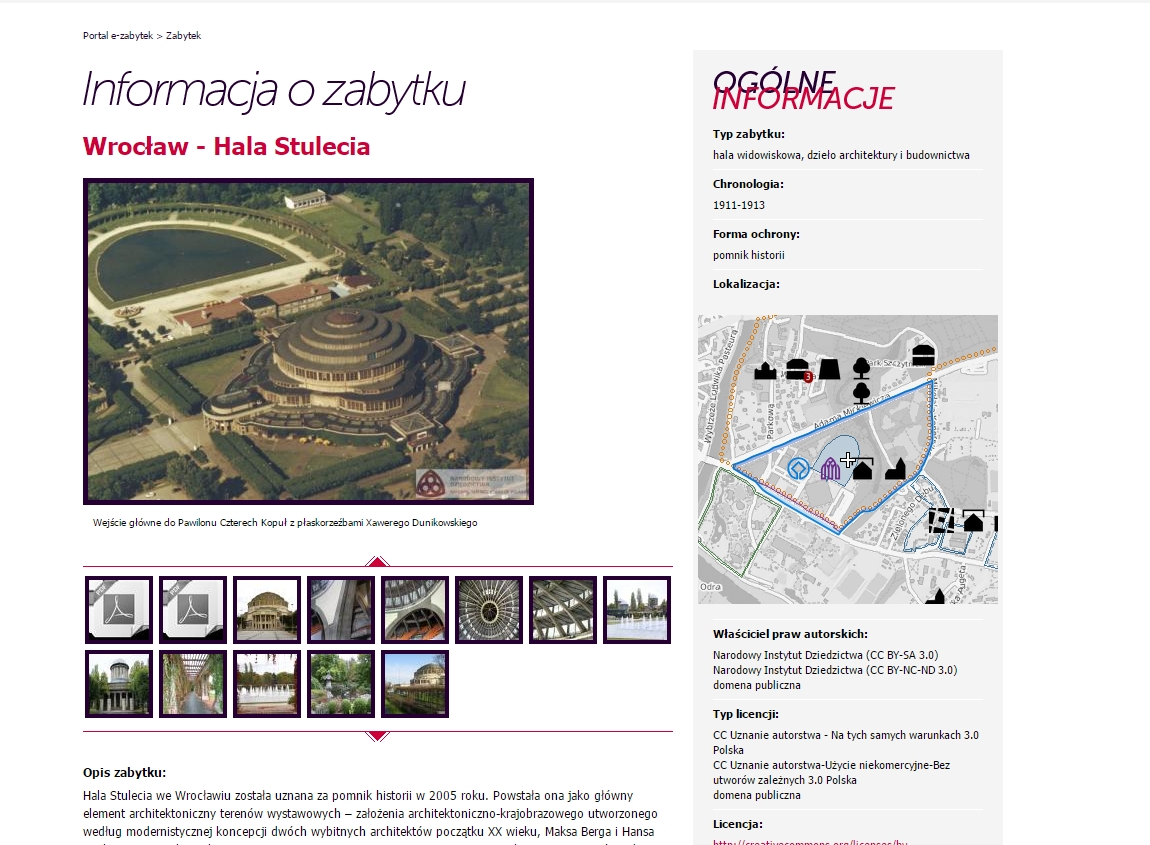
A screenshot of the National Heritage Board of Poland's portal
For this pilot, we have used some of the descriptive data, photographs and 3D models of historical monuments and their geolocation on our portal www.zabytek.gov.pl. This carefully curated collection has then been made available on the Europeana portal and, eventually, shown in Google’s Field Trip. App users will not only be able to learn about the specific attraction they are passing by, but also click through to our site and find out about our institutions. This further boosts interest and provides another pathway to our reliable and comprehensive information about Poland’s monuments.
As the collections on www.zabytek.gov.pl are of public value, we also chose to make our data available under the CC-BY SA license. This is in line with the Institute’s existing policies, and creates a favourable environment for reaching new audiences in innovative ways.
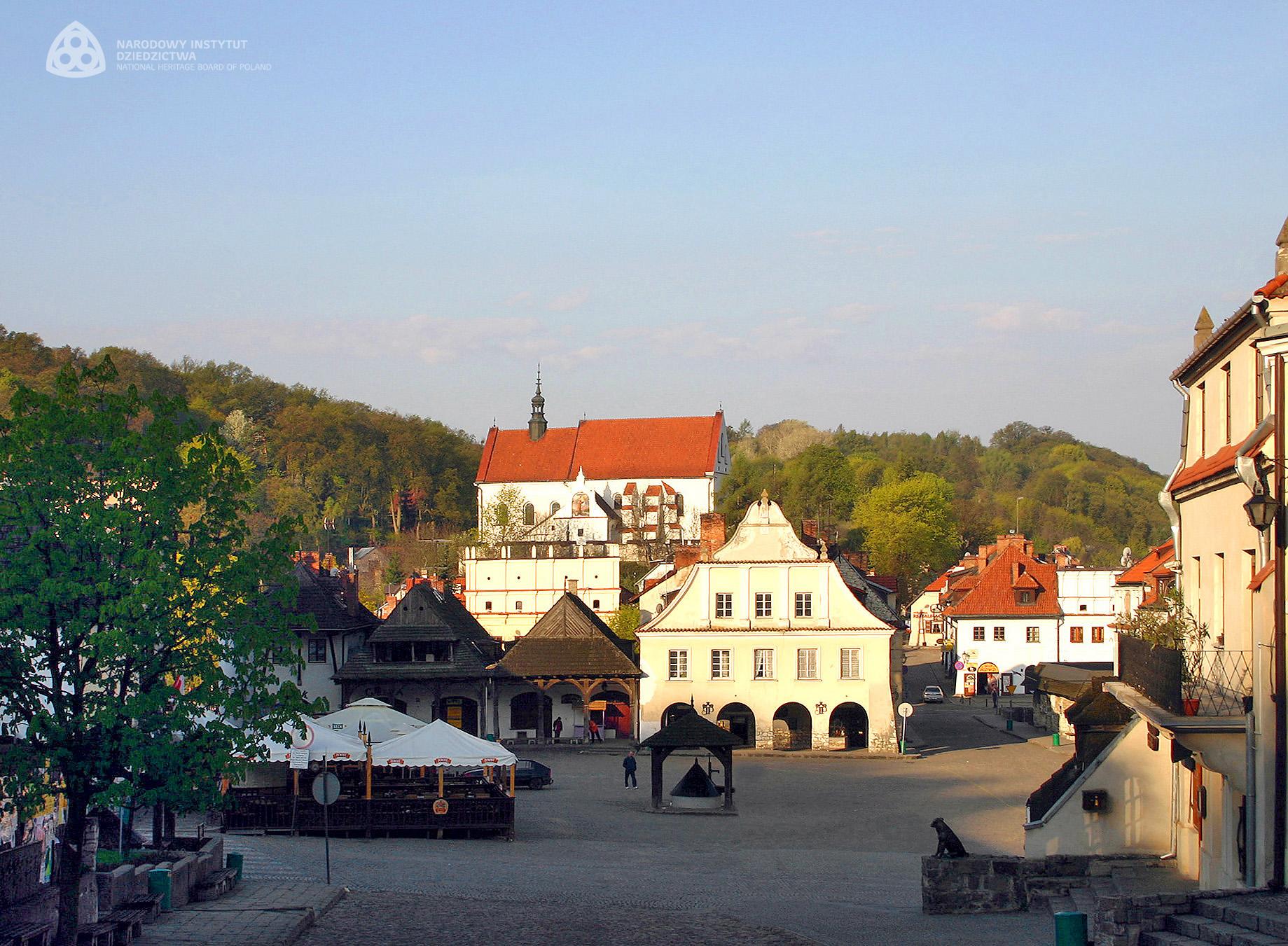
A highlight from the Polish dataset, Kazimierz Dolny. National Heritage Board of Poland, CC-BY SA.
In short, we consider this pilot project a great opportunity to promote Poland. Thanks to the app, we can show our attractive architecture and fascinating national history in a truly modern way, putting it at the fingertips of a wide range of sightseers. We plan to keep expanding our collections, and expect to add 8000 objects by the end of the year. We also hope that the project completed together with the Europeana Foundation and Google’s Niantic Labs marks the beginning of long lasting and fruitful cooperation and that the resources made available by our institution on both these platforms will contribute to the greater visibility of the Polish national heritage.
